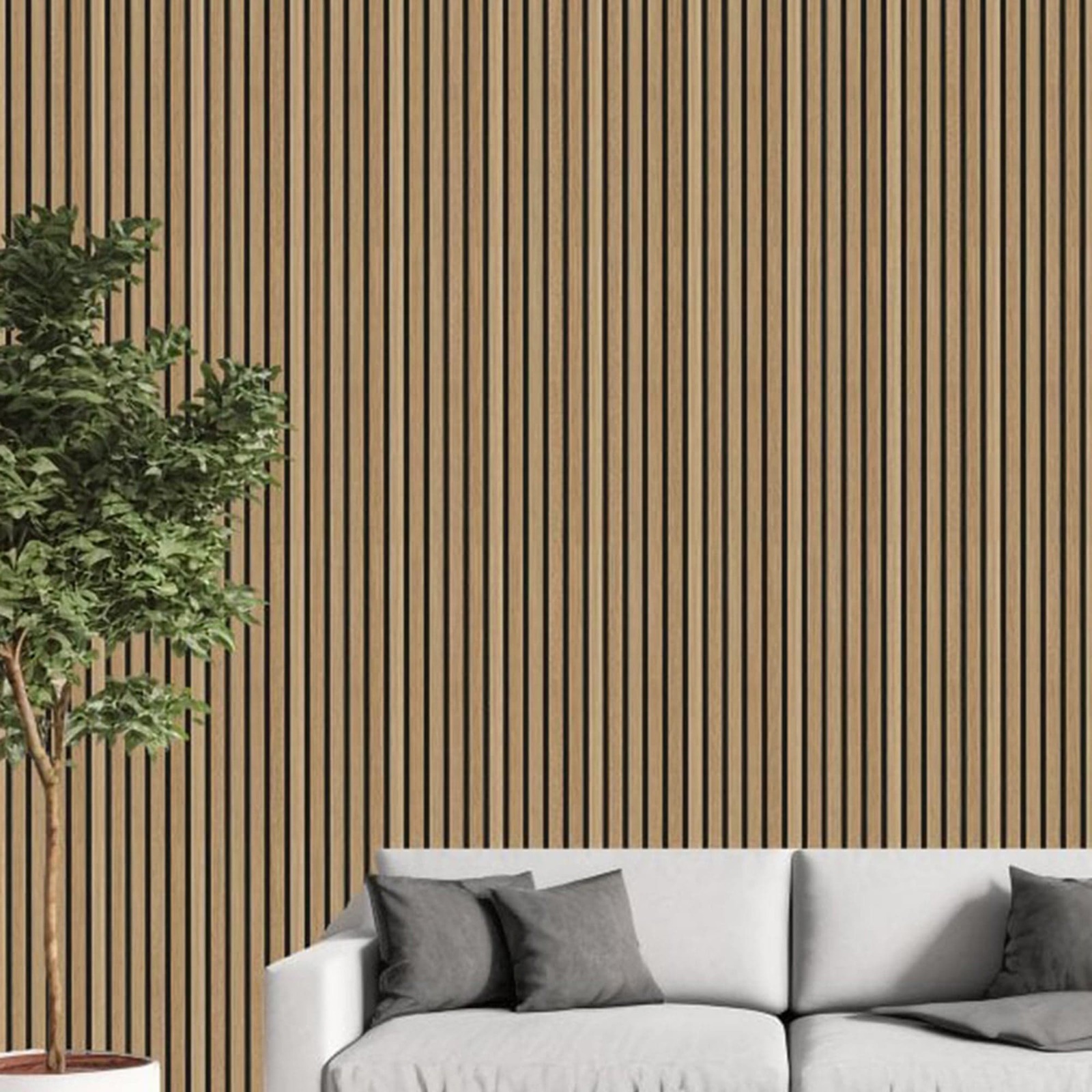Acoustic Wood Covering: Combining Beauty with Functionality

In modern homes and offices, interior design is about more than just aesthetics—it’s about creating spaces that feel comfortable, functional, and inviting. One of the most innovative ways to achieve this balance is through acoustic Wood covering. These specially designed wood panels not only enhance the visual appeal of your walls but also improve sound quality, making your space both beautiful and functional. Whether for a home theater, office, or living room, acoustic wood coverings are transforming interiors worldwide.
What Is Acoustic Wood Covering?
Acoustic wood covering is a type of wall treatment that combines the natural beauty of wood with sound-absorbing technology. Unlike traditional wood panels that focus purely on aesthetics, acoustic wood coverings are engineered to reduce noise, minimize echoes, and enhance audio clarity.
Key Features of Acoustic Wood Covering
- Sound Absorption: The perforated or slatted designs help trap and diffuse sound waves.
- Aesthetic Versatility: Available in a range of finishes, colors, and patterns.
- Durability: Made from high-quality wood or engineered materials to last for years.
By integrating acoustic wood covering into your interiors, you achieve a solution that is as functional as it is stylish.
Benefits of Acoustic Wood Covering
Improved Sound Quality
One of the primary advantages of acoustic wood covering is its ability to control sound. In open-plan spaces, noise can travel and create distractions. Acoustic wood coverings absorb ambient sound, making rooms quieter and more comfortable. This is especially beneficial in home offices, media rooms, and commercial spaces.
Enhanced Aesthetic Appeal
Acoustic wood covering doesn’t just improve sound—it elevates the design of any room. From natural timber panels to geometric slats, these coverings add texture, warmth, and a sophisticated touch that paint or wallpaper alone cannot achieve.
Increased Property Value
Investing in high-quality acoustic wood covering can also increase the value of your property. Prospective buyers or tenants often appreciate spaces that are not only visually appealing but also designed with comfort and functionality in mind.
How Acoustic Wood Covering Works
Acoustic wood covering works through a combination of design and material selection. Panels are often perforated, grooved, or slatted to allow sound waves to enter and dissipate within a sound-absorbing core.
Types of Acoustic Wood Covering
- Perforated Panels: Small holes allow sound waves to pass through and be absorbed.
- Slatted Panels: Vertical or horizontal slats diffuse sound across the wall surface.
- Layered Designs: Combine multiple materials, such as wood and acoustic foam, for enhanced sound control.
Choosing the right type depends on your space, aesthetic preferences, and the level of sound insulation required.
Where to Use Acoustic Wood Covering
Acoustic wood covering is versatile and can be applied in a variety of spaces:
Home Theaters
In home theaters, acoustic wood covering ensures crisp audio and minimizes echo, enhancing the overall viewing experience.
Offices and Meeting Rooms
For professional environments, these coverings reduce noise distractions, helping teams focus and improving communication during meetings.
Living Areas
Even in living rooms or bedrooms, acoustic wood coverings create a cozy, quiet atmosphere while adding visual interest to your walls.
Choosing the Right Acoustic Wood Covering
Selecting the perfect acoustic wood covering involves considering both aesthetics and functionality:
Material and Finish
From solid hardwood to engineered wood, the choice of material affects both appearance and acoustic performance. Lighter woods offer a soft, warm look, while darker woods create a bold statement.
Panel Design
Decide between slatted, perforated, or mixed designs based on your space and desired sound absorption level.
Installation Considerations
Some acoustic wood coverings are designed for DIY installation, while others may require professional fitting to achieve optimal performance.
Modern Trends in Acoustic Wood Covering
Contemporary interior design has embraced acoustic wood covering as a stylish, functional feature.
- Geometric Patterns: Triangles, hexagons, and chevrons add visual interest while improving acoustics.
- Contrasting Finishes: Combining light and dark woods creates depth and highlights architectural features.
- Vertical Slats: Vertical wood coverings add height perception while effectively diffusing sound.
These trends show that acoustic wood covering is no longer just functional—it’s a central design element that enhances any room.
Conclusion
Acoustic wood covering offers a seamless blend of beauty and functionality, transforming ordinary walls into design statements while improving sound quality. Whether you are renovating your home, upgrading an office, or designing a media room, these panels provide a practical and visually stunning solution. Embrace acoustic wood covering today and create spaces that are not only beautiful to look at but also comfortable, quiet, and inviting. Your walls deserve more than just decoration—they deserve a smart, stylish upgrade.
Leave a Comment